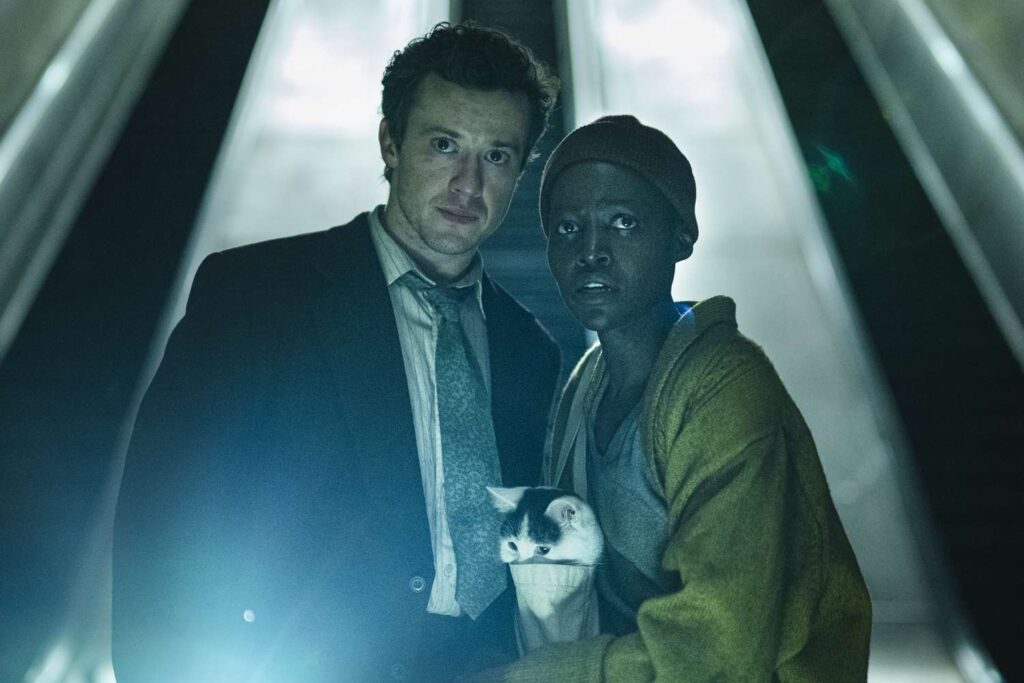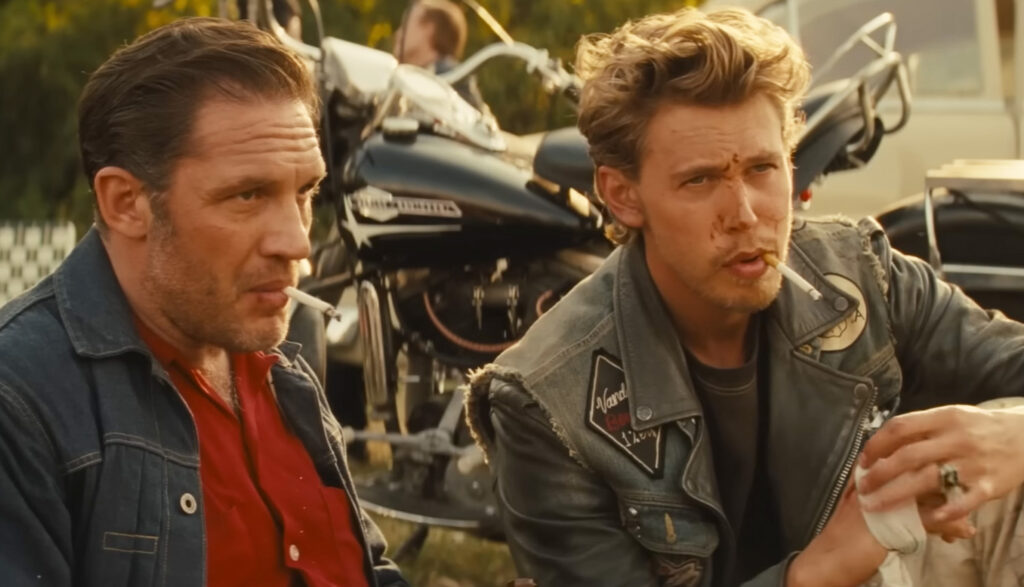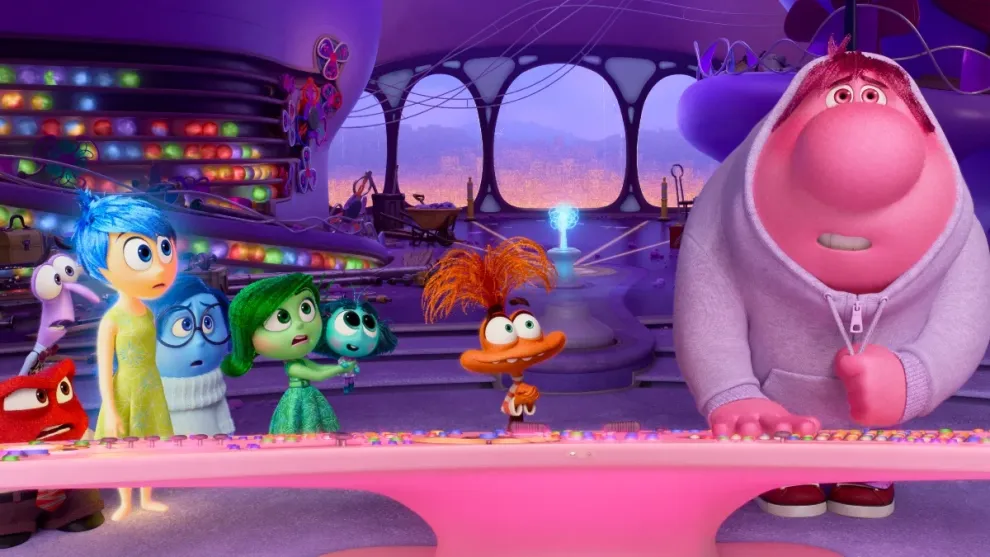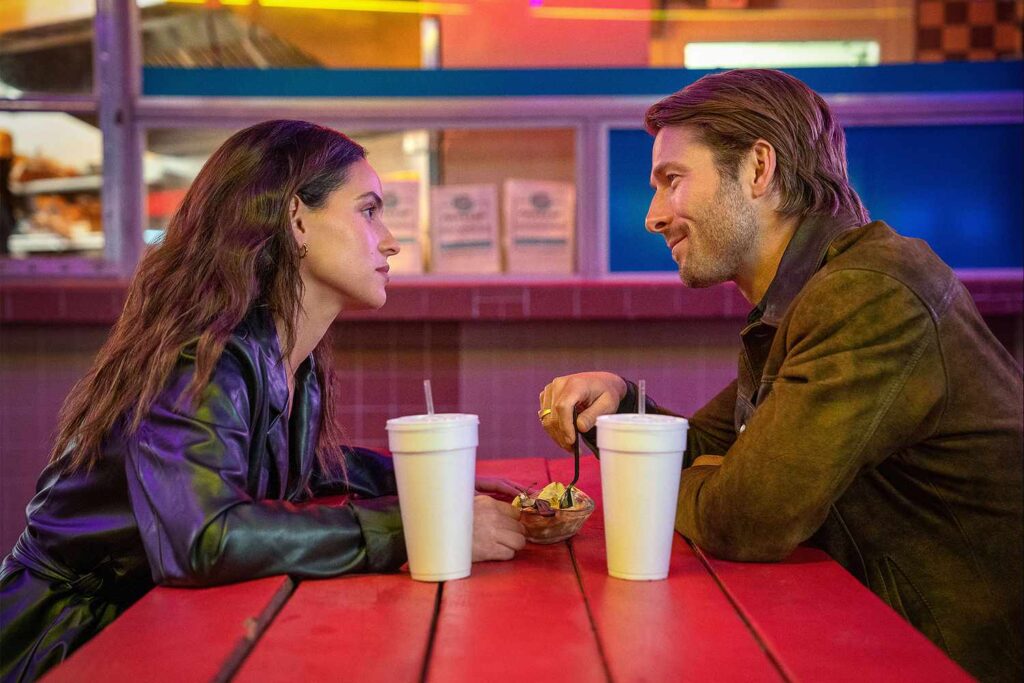A Quiet Place, Day One: The City That Never Speaks

The special thing about the first Quiet Place movie was that it didn’t do anything special. Sure, John Krasinski’s horror hit was cinematically imaginative, but it worked because it stayed small, applying its merciless technique to the fate of one family enduring the crucible of a sonically fraught apocalypse. In retrospect, it’s somewhat miraculous that A Quiet Place Part II fared as well as it did, given that its mild expansion (new people, new locations) inevitably diluted some of its tension. This nascent franchise will continue churning out additional installments so long as they keep making money, but the commercial imperatives of sequel-building—bigger thrills, grander mythology, general moreness—seem incompatible with the original’s white-knuckle intimacy.
A Quiet Place: Day One, from the writer-director Michael Sarnoski (Krasinski receives a story credit), seems to succumb to this contradiction before improbably evading it. In terms of pure suspense, it is the least successful Quiet Place picture thus far. It is also the most humane. Read More




